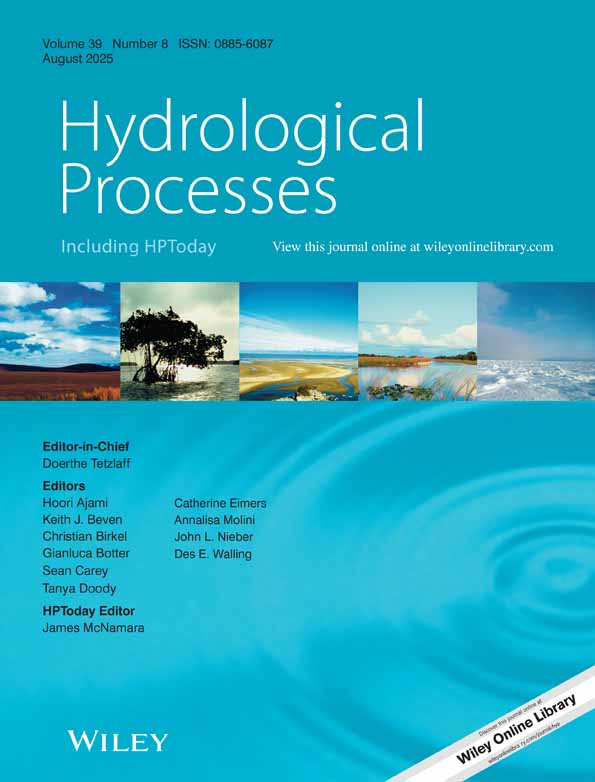Identification of best predictors for forecasting seasonal rainfall and runoff in Australia
Abstract
The first step towards developing a reliable seasonal runoff forecast is identifying the key predictors that drive rainfall and runoff. This paper investigates the lag relationships between rainfall across Australia and runoff across southeast Australia versus 12 atmospheric-oceanic predictors, and how the relationships change over time. The analysis of rainfall data indicates that the relationship is greatest in spring and summer in northeast Australia and in spring in southeast Australia. The best predictors for spring rainfall in eastern Australia are NINO4 [sea surface temperature (SST) in western Pacific] and thermocline (20 °C isotherm of the Pacific) and those for summer rainfall in northeast Australia are NINO4 and Southern Oscillation Index (SOI) (pressure difference between Tahiti and Darwin). The relationship in northern Australia is greatest in spring and autumn with NINO4 being the best predictor. In western Australia, the relationship is significant in summer, where SST2 (SST over the Indian Ocean) and II (SST over the Indonesian region) is the best predictor in the southwest and northwest, respectively.
The analysis of runoff across southeast Australia indicates that the runoff predictability in the southern parts is greatest in winter and spring, with antecedent runoff being the best predictor. The relationship between spring runoff and NINO4, thermocline and SOI is also relatively high and can be used together with antecedent runoff to forecast spring runoff. In the northern parts of southeast Australia, the atmospheric-oceanic variables are better predictors of runoff than antecedent runoff, and have significant correlation with winter, spring and summer runoff. For longer lead times, the runoff serial correlation is reduced, especially over the northern parts, and the atmospheric-oceanic variables are likely to be better predictors for forecasting runoff. The correlations between runoff versus the predictors vary with time, and this has implications for the development of forecast relationship that assumes stationarity in the historical data. Copyright © 2010 John Wiley & Sons, Ltd.




